Hands on with induction/brands with safety technology
mtimmer
10 years ago
Featured Answer
Sort by:Oldest
Comments (22)
kaseki
10 years agolast modified: 9 years agoplllog
10 years agolast modified: 9 years agoRelated Professionals
Arcadia Kitchen & Bathroom Designers · Grafton Kitchen & Bathroom Designers · Hammond Kitchen & Bathroom Designers · Schenectady Kitchen & Bathroom Designers · Williamstown Kitchen & Bathroom Designers · Bremerton Kitchen & Bathroom Remodelers · Lynn Haven Kitchen & Bathroom Remodelers · Pasadena Kitchen & Bathroom Remodelers · South Plainfield Kitchen & Bathroom Remodelers · Trenton Kitchen & Bathroom Remodelers · Casas Adobes Cabinets & Cabinetry · Crestview Cabinets & Cabinetry · Jefferson Valley-Yorktown Cabinets & Cabinetry · Palisades Park Cabinets & Cabinetry · Watauga Cabinets & Cabinetrysjhockeyfan325
10 years agolast modified: 9 years agomtimmer
10 years agolast modified: 9 years agododge59
10 years agolast modified: 9 years agojakvis
10 years agolast modified: 9 years agomtimmer
10 years agolast modified: 9 years agollaatt22
10 years agolast modified: 9 years agosjhockeyfan325
10 years agolast modified: 9 years agorentaltux
10 years agolast modified: 9 years agomtimmer
10 years agolast modified: 9 years agosjhockeyfan325
10 years agolast modified: 9 years agoplllog
10 years agolast modified: 9 years agocj47
10 years agolast modified: 9 years agojwvideo
10 years agolast modified: 9 years agoluv2putt
10 years agolast modified: 9 years agorentaltux
10 years agolast modified: 9 years agoCavimum
10 years agolast modified: 9 years agomtimmer
10 years agolast modified: 9 years agosjhockeyfan325
10 years agolast modified: 9 years agomtimmer
10 years agolast modified: 9 years ago
Related Stories
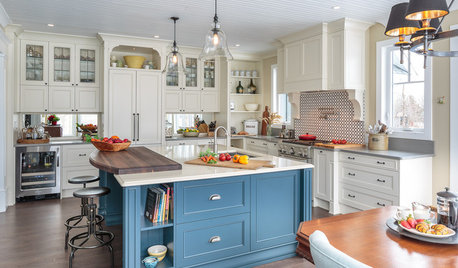
KITCHEN DESIGNThe Most Popular Kitchen Storage Ideas of 2015
Maximizing every inch, keeping necessities close at hand and finding room for technology top Houzzer favorites
Full Story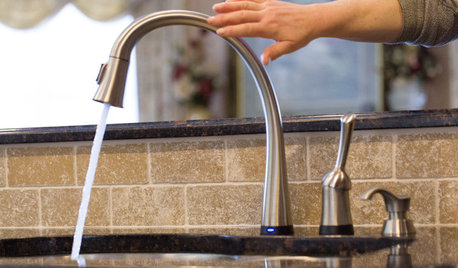
KITCHEN SINKSJust a Touch: Faucets Without the Fuss
Faucets that turn on with a tap of the finger, forearm or hand are great for messy hands or full arms
Full Story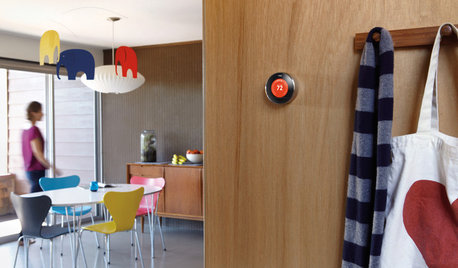
HOME TECHWhy Google Just Paid $3.2 Billion for a Company That Makes Thermostats
Smart home technology just got a new champion — and everyone is speculating about the reasons
Full Story
UNIVERSAL DESIGNUniversal Lighting Design Strategies for 4 Key Home Areas
Brighten the way for eyes of any age with ambient and task lighting that supports safety and imparts beauty
Full Story
MOST POPULARWhat to Do After a Hurricane or Flood
How you treat your home after a natural disaster can make all the difference in its future livability — and your own personal safety
Full Story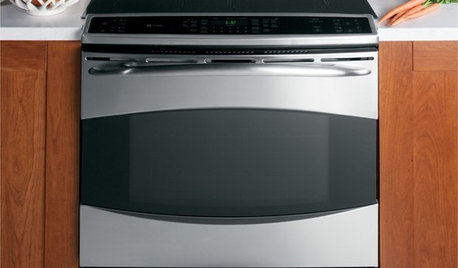
KITCHEN DESIGNHow to Choose Kitchen Appliances for Universal Design
Accessibility and safety features for kitchen appliances let everyone in on the cooking fun
Full Story
FIREPLACESUpdated Woodstoves Keep Home Fires Burning
Better technology means more efficiency than ever for modern woodstoves
Full Story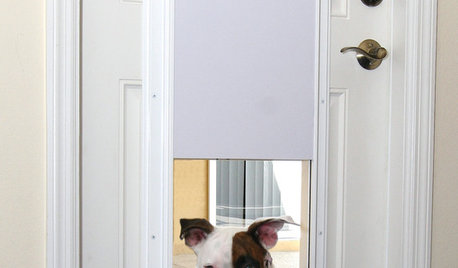
PETSHome Tech: Pets Need Gadgets, Too
Longing for a better way to track your dog's whereabouts or provide indoor-outdoor pet access? New home gadgets do that and more
Full Story
KITCHEN APPLIANCESFind the Right Cooktop for Your Kitchen
For a kitchen setup with sizzle, deciding between gas and electric is only the first hurdle. This guide can help
Full Story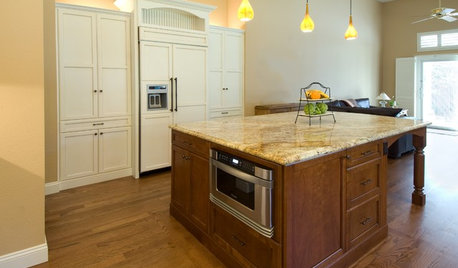
KITCHEN DESIGNDiscover the Pull of Microwave Drawers
More accessible, less noticeable and highly space efficient, microwave drawers are a welcome newcomer in kitchen appliances
Full Story






mtimmerOriginal Author